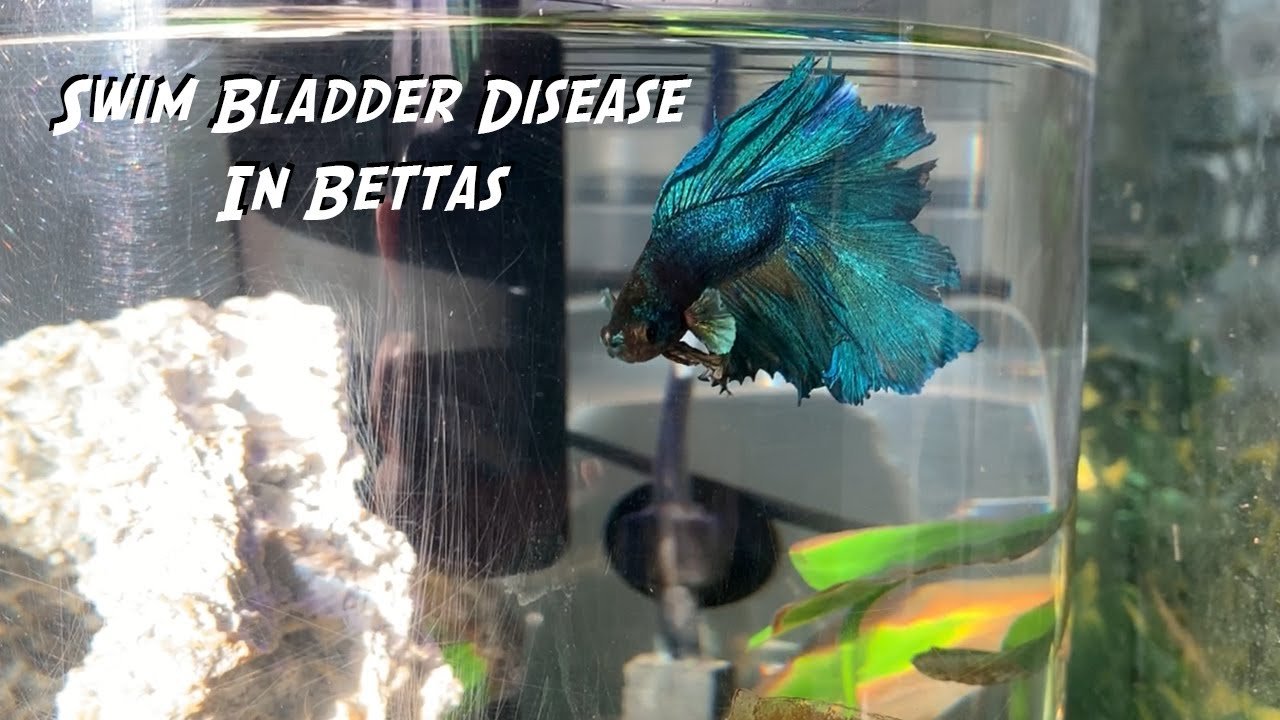
Effective Tips: Cure Swim Bladder Disease In Betta
Are you worried about how to cure swim bladder disease in betta? The good news is that with the right care and treatment, your beloved fish can make a full recovery. Understanding the signs and symptoms of this common ailment is crucial in providing prompt assistance. By following a few simple steps and making adjustments to their environment, you can help your betta fish overcome swim bladder disease and thrive once again. Let’s delve into the practical tips and strategies to ensure your betta’s health and well-being.
How to Cure Swim Bladder Disease in Betta
Welcome, Betta fish enthusiasts! If you’ve noticed your Betta fish struggling with swim bladder disease, you’re not alone. This common condition can cause your fish to have difficulty swimming, floating uncontrollably, or even swimming upside down. But fear not, because in this comprehensive guide, we will dive into everything you need to know about swim bladder disease in Betta fish and how to cure it effectively.
Understanding Swim Bladder Disease
Before we discuss how to cure swim bladder disease in Betta fish, let’s understand what this condition actually is. The swim bladder is an essential organ that helps fish control their buoyancy and move up or down in the water. When this organ becomes impaired, it can lead to swim bladder disease.
There are several factors that can contribute to swim bladder disease in Betta fish, including overfeeding, constipation, poor water quality, and genetic predisposition. By identifying the root cause, you can take the necessary steps to cure and prevent this condition in your beloved Betta.
Signs and Symptoms of Swim Bladder Disease
Recognizing the signs of swim bladder disease is crucial in providing timely treatment for your Betta fish. Some common symptoms include:
- Difficulty swimming upright
- Constant floating or sinking
- Swimming sideways or upside down
- Loss of appetite
- Bloated or swollen appearance
If you notice any of these symptoms in your Betta fish, it’s essential to act promptly to ensure their health and well-being.
Treating Swim Bladder Disease in Betta Fish
1. Fasting
One of the initial steps in treating swim bladder disease in Betta fish is fasting. By withholding food for 3-4 days, you can help alleviate constipation, which is a common cause of swim bladder issues. During this fasting period, ensure your fish has access to clean, warm water to aid in digesting any blockages.
2. Adjusting Water Conditions
Maintaining ideal water conditions is essential for the overall health of your Betta fish. Ensure the water temperature is between 75-80°F (24-27°C) and that the tank is clean and properly filtered. Performing regular water changes can help reduce stress on your fish and promote healing.
3. Providing Peas
Feeding your Betta fish blanched peas can help relieve constipation and aid in digestion. Remove the skin from the peas and offer them to your fish in small, bite-sized pieces. Peas are a natural and gentle way to regulate your Betta’s digestive system.
4. Medications
If the above steps do not show improvement in your Betta fish’s condition, consider consulting a vet specializing in fish health. They may recommend medications or treatments to address any underlying infections or issues causing swim bladder disease.
Preventing Swim Bladder Disease
While it’s essential to know how to cure swim bladder disease in Betta fish, prevention is always better than cure. To help prevent this condition, consider the following tips:
- Feed your Betta fish a balanced and varied diet
- Avoid overfeeding, as this can lead to digestive issues
- Maintain good water quality by regularly cleaning the tank and performing water changes
- Monitor your Betta fish for any signs of illness or abnormal behavior
- Provide your Betta with enough space to swim and exercise
By following these preventive measures, you can reduce the risk of swim bladder disease and ensure your Betta fish remains healthy and happy.
In conclusion, swim bladder disease is a common ailment that can affect Betta fish, but with proper care and attention, it can be effectively treated and prevented. By understanding the causes, symptoms, and treatment options for swim bladder disease, you can ensure your Betta fish lives a long and happy life.
Remember, always consult with a vet or experienced fish keeper if you are unsure about the health of your Betta fish. With the right knowledge and proactive care, you can help your Betta swim happily and healthily once more!
Thank you for reading, and we hope this guide has been helpful in learning how to cure swim bladder disease in Betta fish.
How to Heal Swim Bladder Disease in Bettas
Frequently Asked Questions
What are the common symptoms of swim bladder disease in betta fish?
Common symptoms of swim bladder disease in betta fish include erratic swimming behavior, difficulty staying upright, floating to the surface or sinking to the bottom, lack of appetite, and bloating in the abdomen area.
How can I treat swim bladder disease in my betta fish?
To treat swim bladder disease in betta fish, you can try fasting your fish for 3-4 days to relieve pressure on the swim bladder. After fasting, feed them small, high-fiber meals such as daphnia or cooked peas. Adjusting the water temperature and maintaining good water quality can also help in the recovery process.
Is there a need to isolate the betta fish with swim bladder disease from other tank mates?
It is not necessary to isolate a betta fish with swim bladder disease from other tank mates unless they are showing signs of aggression towards the affected fish. Providing a stress-free environment can aid in the recovery process, so maintaining a peaceful tank environment is essential.
Final Thoughts
In conclusion, curing swim bladder disease in betta requires adjusting their diet, maintaining good water quality, and providing proper tank conditions. Ensure bettas are not overfed and feed them high-quality, easily digestible food. Regular water changes and a well-maintained tank can help prevent swim bladder issues. Consult a veterinarian if symptoms persist despite following these steps. By addressing the root causes and providing proper care, you can effectively treat swim bladder disease in bettas and help them thrive.




